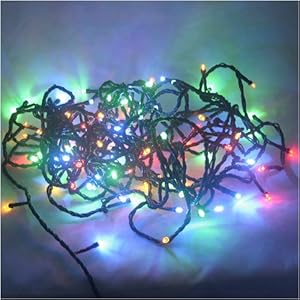What to Wear in Dubai
Dubai is one of the fastest growing metropolises in the world, with more tourists arriving every year. The city government and the leadership of the United Arab Emirates (UAE) both place a lot of importance on the tourism industry, and each year spectacular new tourist attractions in Dubai are opened while others begin construction.
What to Wear in Dubai

What to Wear in Dubai
What to Wear in Dubai
What to Wear in Dubai
Most visitors to Dubai are unsure of what kind of clothes to pack for their trip. What is the customary dress code for visitors to this exotic city?
No matter which country you may visit, it's always a good idea to learn about the local customs. What is considered decent attire in China may be thought of as stuffy in Australia! To avoid wearing conspicuously odd clothes, in Dubai, you don't need to wear the white robes of the Bedouins. There are no specific rules governing what you wear in Dubai, but you should keep in mind that the UAE is a conservative place, and you might end up feeling embarrassed if you wear something that's considered indecent from the perspective of local traditions.
There are two aspects to consider while deciding what to wear in Dubai - the weather and the culture of the country.
I. Weather -
Dubai is a typical desert city with incredibly hot summers and moderately cold winters. Summers last from April to early November. If you plan to visit in the summer, light clothes made of natural fibers will help you endure the weather when you step out. Lightweight trousers and full-sleeved cotton shirts would be ideal, because they cover up your skin and prevent sun burn, while at the same time allow air to reach your skin and cool you down.
Please remember that as a rule, malls and places of interest are usually heavily air-conditioned, and it can actually get a little cold if you stay indoors for long! On trips to events that will keep you inside a large facility, it is advisable to take a light shawl or jacket to keep you warm. In the Emirate's climate, winters are not extremely cold; still, it's prudent to wear warm clothing when you step out. A light jacket or sweater is recommended during the months of December to February.
II. Custom -
As mentioned already, Dubai is a free city as far as tourists are concerned. There are no specific dress restrictions. Still, to respect the local customs of dressing, it's wise to dress according to the place you are planning to go to. Here are a few examples -
Beach wear: T-shirts and shorts are ideal. Swimsuits are accepted as long as they are not too revealing. String bikinis may attract unwanted attention.
Visits to malls, restaurants and clubs: Not many restrictions here, and local custom closely matches the European and North American patterns of dining out. Still, you will feel most comfortable in clothes that cover your knees and shoulders. For men, T shirts and knee length shorts, cotton shirts and trousers are okay for inexpensive meals or fast food. Women can wear knee length skirts, Capri slacks, or trousers with decent tops. As you may expected, some formal dining establishments require ties, or formal dress.
Visits to mosque and souks: These are the most traditional areas of Dubai, and here extensive coverings of clothing are most ideal. Respectable attire for men is trousers and shirts. Women can wear skirts, Capri slacks and trousers that fall below knee level. Tops should not expose shoulders or midriff.
These restrictions are not dictated by the Government, but are instead just guidelines to help you decide what to wear without offending the religious sentiments of the local population.
III. Tips -
* Women - Carry a light shawl wherever you go so that you can cover yourself if you visit a traditional place, such as a temple. It can also be used to keep you warm when the air-conditioning is too high, which is usually the case in public buildings!
* Pack a broad-brimmed hat and sunglasses to protect you from the sun, especially if you are planning to go to the beach.
* Pack a pair of good walking shoes. The malls in Dubai are famous for their size, and you'll definitely find yourself walking a lot in Dubai. Wear comfortable shoes made for walking, to keep you from getting blisters or sore arches.
* Contact your hotel in Dubai to learn the general dressing code in and out of the hotel.

